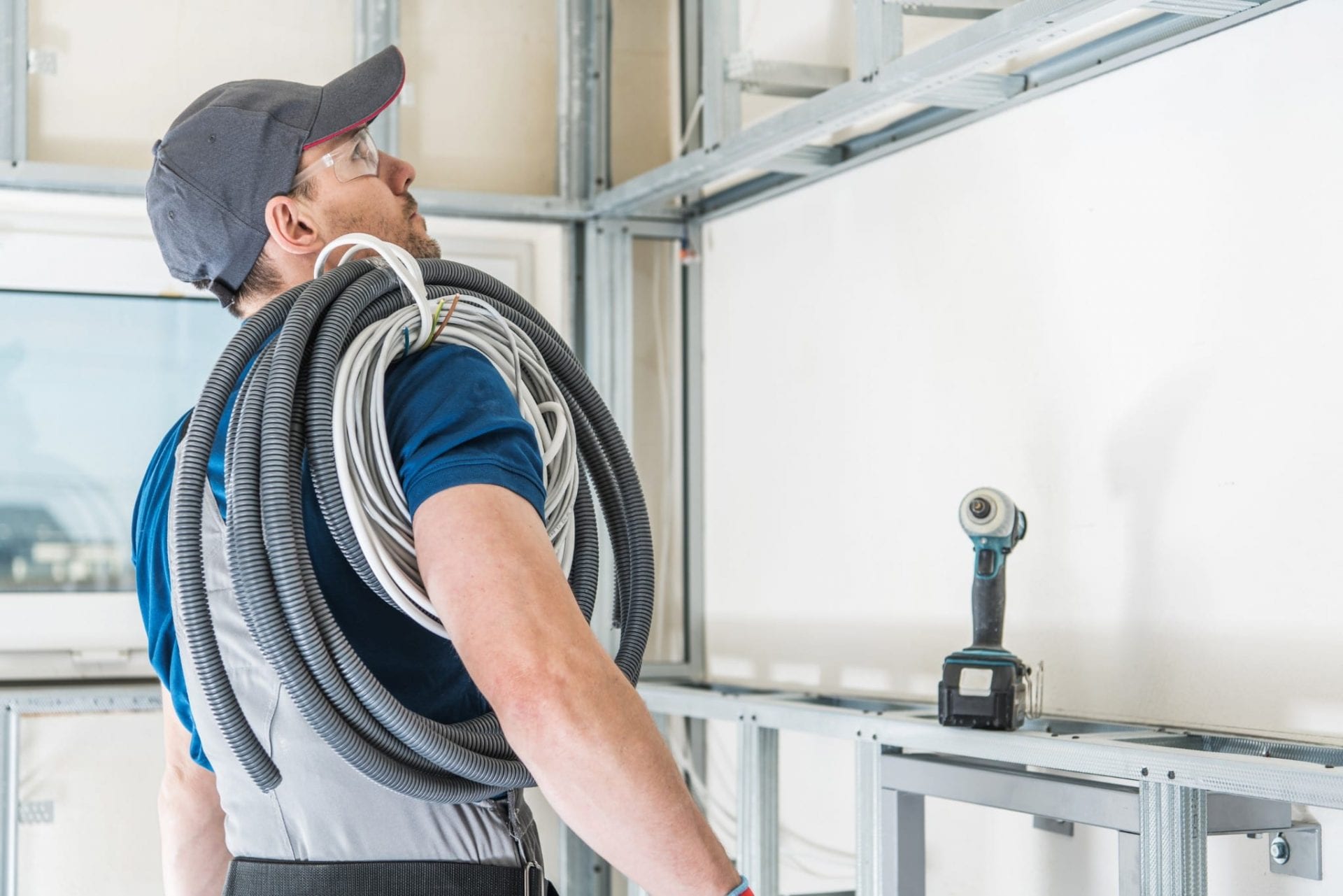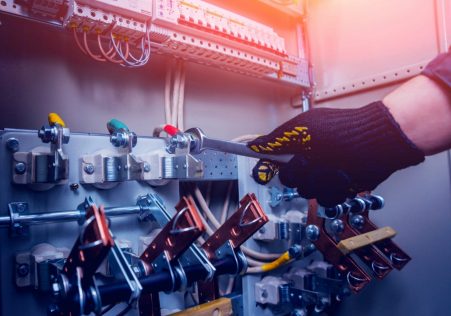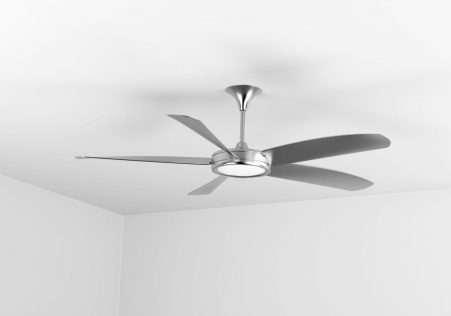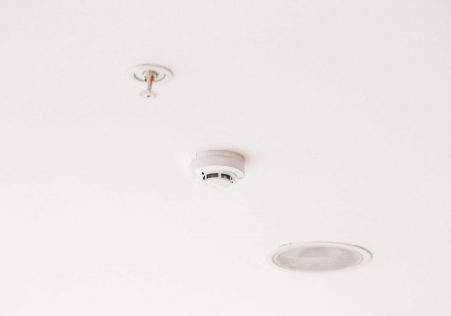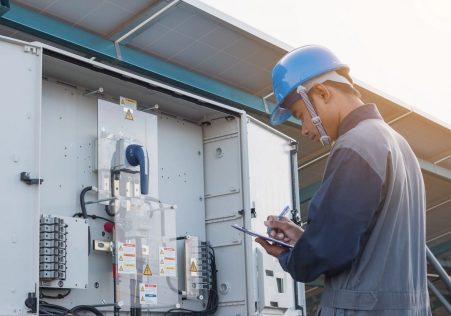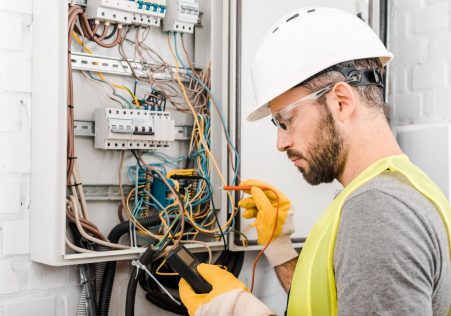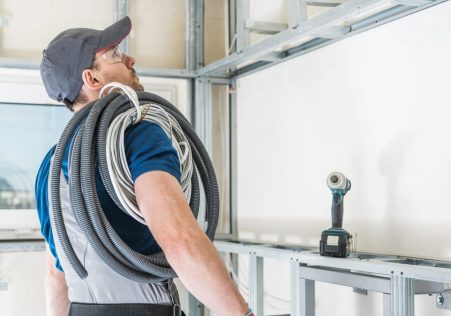Home Electrical Safety: What You Need to Know to Identifying Live Wires
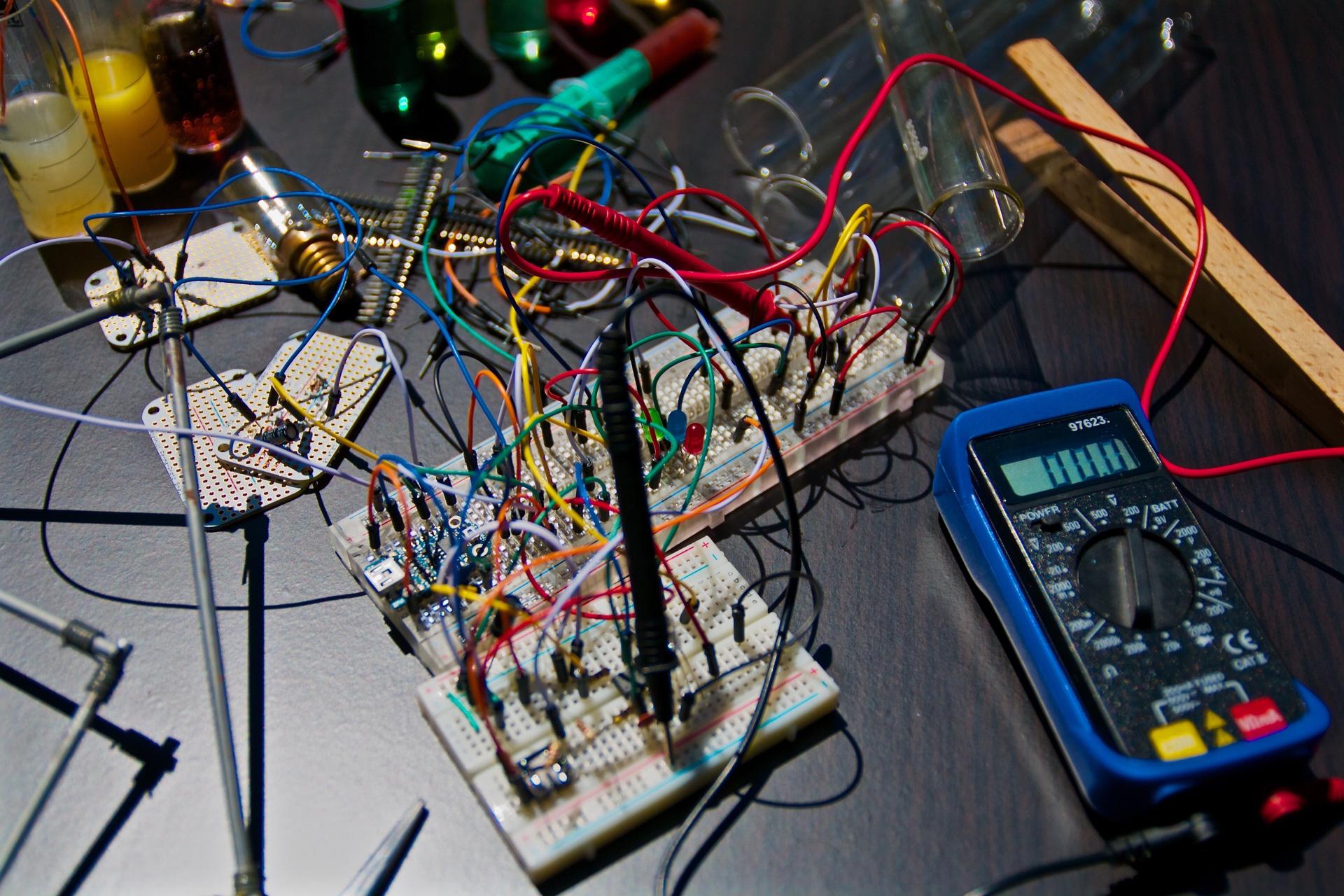
Knowing how to identify live wires is an essential part when working on electrical wiring. Whether you’re an experienced electrician or an owner trying to solve an electrical issue, it’s crucial to know how to recognize live wires, and take the necessary precautions to prevent dangerous accident. The following article we’ll explain the importance of identifying live wires as well as the safety precautions you should take in working on electrical wiring.
Working with electrical wiring is extremely risky, and it’s essential to be aware of the dangers associated with it. Electrocution is a serious danger, and can cause serious injury or even death. It is crucial to ensure you have the proper knowledge and tools to work with electrical wiring safely.
Understanding Electrical Wiring Basics
Before we get into the details of identifying live wires, it is important to know what they are. Live wires are wires that transport electrical current, and they can be extremely dangerous if not handled properly. Within an electric circuit there are three types of wires: hot, neutral and ground wires. Hot wires carry current of electricity while neutral wires carry return current while ground wires are responsible for providing a safe path for excess current to flow.
Tools and Precautions for Identifying Live Wires
The identification of live wires requires the use of the appropriate tools and safeguards. One of the most crucial tools is a non-contact voltage tester, which can detect electrical current without making contact with wires. It’s also important to turn off the power supply to the circuit you’re working on and wear protective gear, such as the gloves you wear and protective glasses.
How to recognize live wires
Here are step-by-step instructions for identifying live wires
- Turn off the power to the circuit you will be working on.
- Make use of a voltage tester that is non-contact to detect the presence of live wires. Place the tester close to the wire and if it detects voltage, the test will either beep or illuminate.
- Use a circuit breaker finder to determine the circuit breaker which controls the circuit. This will allow you to turn off the power supply to the circuit.
What Should You Do If You Discover an Active Wire
If you identify an active wire, it’s important to turn off the power supply to the circuit right away. If you’re unsure about the best way to accomplish this, it’s best to consult a professional. The power off will stop any current of electricity from flowing through the wires and lower the risk of injury or electrocution.
Conclusion
The identification of live wires is a critical part of working with electrical wiring. It’s important to take the appropriate precautions, including using the right tools and shutting off power, to avoid dangerous incidents. If you’re uncertain about the best way to spot live wires or have any questions about electrical wiring be sure to get in touch with an experienced electrician for assistance, such as Local Electrician Quakers Hill at 1300 610 481. They’ll be able to assist with any electrical issue and make sure that your house is safe and conforms to the latest standards.

